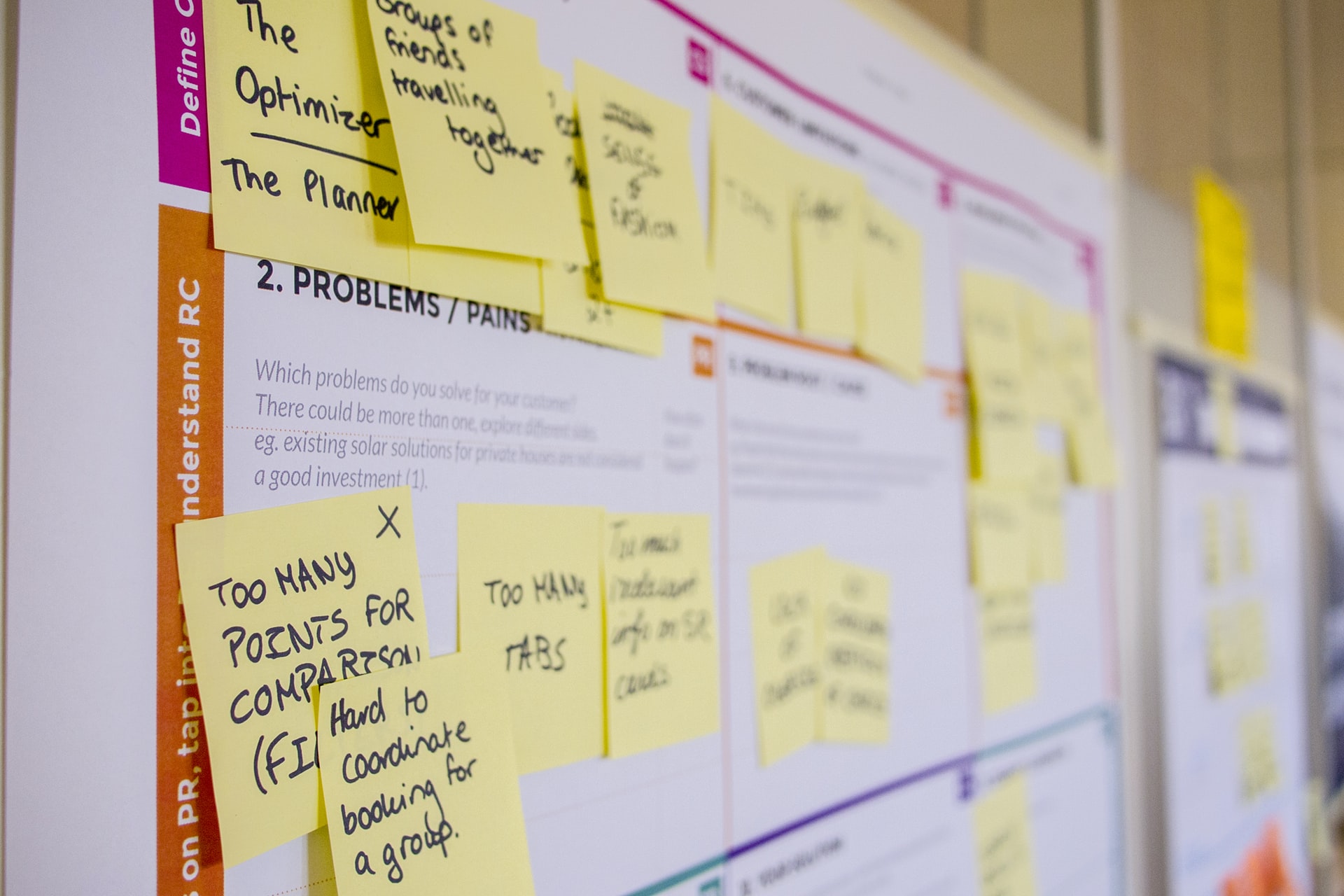
By Andrew Currier, CEO, and Gillian Burrell, Lawyer & Patent Agent Trainee
Technology innovators know that success depends on launching a quality product quickly and efficiently. Revenue is key, and you don’t generate revenue without a product.
In today’s world, technological innovation moves so fast that it makes sense to keep your head down and focus on the end goal. This kind of “goal driven management” has very practical consequences, as development teams need to stick closely to product development schedules, or risk being beaten by the competition.
It is therefore natural to push aside ancillary initiatives during the development cycle. Patenting and SR&ED filings are two examples of ancillary initiatives; however, completely ignoring these initiatives can lead to giving away the underlying value of all that product development work.
By way of background, patents are legal documents that can provide a twenty-year monopoly for noteworthy technological innovations in exchange for a public disclosure of how to build and practice the innovation. In contrast, the Scientific Research and Experimental Development (SR&ED) program is a Canadian federal tax incentive program that is “designed to encourage Canadian businesses of all sizes and in all sectors to conduct research and development (R&D) in Canada.”
From a business perspective, a patent can protect the “long view” by providing a barrier to entry for other competitors who may rip off, or later develop, the same innovation. On the other hand, the SR&ED program may be considered more of a “short view” endeavour, quickly improving cashflow on an annual basis.
Both patents and SR&ED filings can be very complicated and time consuming to do properly and generally require professional advisors. So once again, one can understand the desire to avoid the distractions and uncertainty of engaging in these programs in favour of focusing on product development. A “lean” startup faces this dilemma even more than a well-funded SME or large enterprise.
However, flat-out ignoring patents and SR&ED can result in leaving A LOT of value on the table. Whatever one may think of patents, it is a fact that they can provide enormous value to a technology company if they are done correctly. By the same token, a successful SR&ED claim can lead to a significant short term financial boost for cash conscious companies.
The trick, of course, is to efficiently resource patent and SR&ED initiatives while keeping product development on track. Here are a few tips that can help you do that:
- Innovative professional service firms in the patent and SR&ED space are increasingly structuring their services to be startup friendly, offering services that require minimal and predictable upfront investment. Connect with the right ones and they will know how to get patent and SR&ED applications going without the traditional (i.e. scary) endless billable hour model.
- The subject matter and criteria for getting a patent and qualifying for SR&ED incentives overlap more than many people realize. One individual within a company can be trained to manage both programs. The requirements for each are rather similar, even if worded differently. For an SR&ED claim, it is generally necessary to show an advancement of technology, technological uncertainty, and activity undertaken pursuant with the scientific method, whereas the requirements for patentability are the presence of novelty, usefulness, non-obviousness, and statutory subject-matter.
- A provisional patent application is inexpensive to file and effectively provides a form of cost-effective ‘insurance’ in the event that the intellectual property is deemed valuable or of strategic importance. The skills (understanding and communication of the technology enhacements) associated with supporting a SR&ED application are highly aligned with the skills need to file a provisional patent application. It is possible to tweak the contents of an SR&ED application into a provisional patent application with minimal effort, or vice-versa. A challenge here is that the timing constraints for patents are relatively restrictive. SR&ED claims are typically filed at the same time each year as part of tax filings, whereas patents must, with some tricky exceptions, be filed before public disclosure, so you need to plan carefully. For more proactive organizations that actively anticipate and track SR&ED expenditures – these efforts can be synchronized providing the additional benefit of providing additional insight on the positive contributions of SR&ED credits/refunds to the company’s financials.
These tips can help you take advantage of patents and SR&ED credits to unlock the value in your innovation straight away. If you’re based in either Saskatchewan or Quebec, you can also take advantage of provincial “patent boxes”. Saskatchewan’s Commercial Innovation Incentive offers eligible corporations a lower corporate tax rate of 6% while Quebec’s proposed incentive deduction for the commercialization of innovations (IDCI) will reduce the corporate tax rate to just 2% for patent royalties and for up to 75% of profits from certain IP-related income.
For more information on developing an IP strategy, reach out to Andrew Currier or Gillian Burrell to book a free consultation.
PCK IP is one of North America’s leading full-service intellectual property firms with offices in Canada and the United States. The firm represents large multinational companies, scaling mid-size companies, and funded innovative start-up entities. PCK IP professionals include seasoned patent and trademark agents, engineers, scientists, biochemists and IP lawyers having experience across a broad range of industries and technologies. Contact us today.
The contents of this article are provided for general information purposes only and do not constitute legal or other professional advice of any kind.